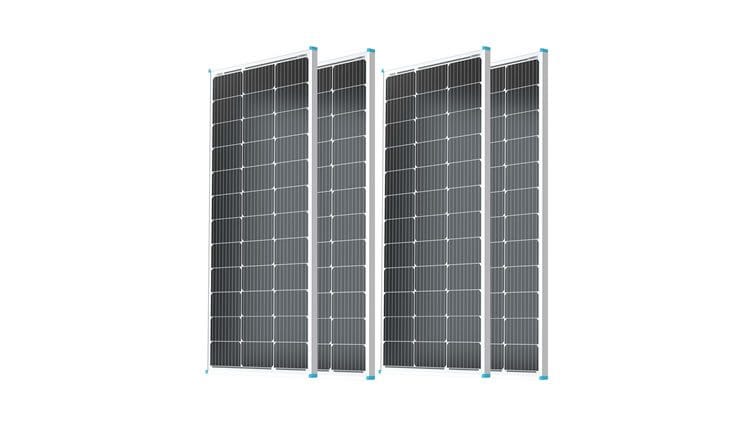Introducing Solar Panels and Generators
Solar Panels and generators are a powerful combination for meeting all your energy needs, whether you’re off the grid or preparing for emergencies. Solar panels provide an eco-friendly, renewable energy source by harnessing the power of the sun, reducing your carbon footprint, and lowering electricity costs. Generators, on the other hand, are ideal for providing on-demand power when solar energy isn’t available, ensuring you always have access to electricity when you need it most. By understanding how solar panels and generators work together, you can create a balanced, reliable power system that keeps you energized no matter where you are.
For anyone seeking energy independence, solar panels and generators are two essential tools that can dramatically enhance your power setup. Solar panels provide a clean, renewable energy solution, allowing you to generate electricity from the sun while reducing your reliance on traditional power sources. However, solar energy isn’t always reliable due to weather conditions or time of day. That’s where generators come in—they offer immediate, dependable power when you need it most, making them an ideal complement to solar panels. Whether you’re camping in the wilderness, experiencing a power outage, or simply looking for sustainable living options, understanding how to combine these two energy sources will ensure you’re always prepared.
Finding the right energy solution that fits your needs is more important than ever, and solar panels paired with generators can offer the perfect combination of efficiency, sustainability, and reliability. Solar panels capture the sun’s energy to power your home, devices, or outdoor activities, providing a clean and cost-effective alternative to fossil fuels. But there are times when solar power alone isn’t enough, especially during cloudy days or at night.
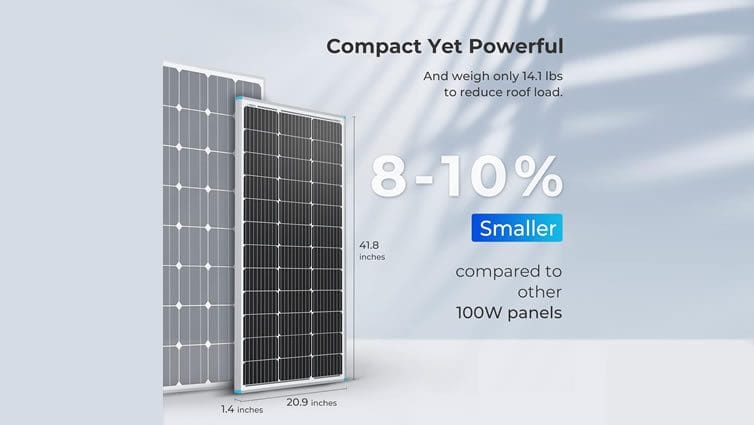
Generators, with their reliable, on-demand power, ensure you never have to worry about being left without electricity. In this article, we’ll explore the numerous benefits of combining solar panels and generators, from emergency preparedness to long-term energy savings, and how this powerful pairing can provide energy security for all your needs.
Hybrid Solar-Generator Solutions: The Best of Both Worlds
When it comes to reliable, on-demand energy, solar panels and generators might seem like two separate entities. But what if we told you that you could combine the best of both worlds? Hybrid solar-generator solutions are here to change the game, offering the perfect blend of renewable energy and backup power. Whether you’re powering your home during an outage, staying off-grid for a camping trip, or seeking a sustainable alternative for everyday use, hybrid systems can keep you covered. Let’s dive into how these systems work and why they’re becoming a go-to choice for energy independence.
What Are Hybrid Solar-Generator Solutions?
At its core, a hybrid solar-generator solution combines solar panels with a generator to provide a more robust and flexible power setup. Solar panels work by capturing sunlight and converting it into electricity, which is stored in a battery or directly used to power your appliances. However, solar energy is not always reliable. Cloudy days, storms, or nighttime can leave you without power, and that’s where a generator comes in. By integrating a generator with your solar power system, you can seamlessly switch to backup power when needed, ensuring you’re never left in the dark. This hybrid approach gives you the efficiency of solar energy with the peace of mind that you’ll have reliable power no matter the weather.
Benefits of Hybrid Solar-Generator Systems
One of the most significant benefits of using a hybrid solar-generator solution is the cost savings over time. While solar panels do require an upfront investment, once they’re set up, they can drastically reduce your electricity bills. A generator kicks in only when solar power isn’t available, meaning you’re not relying on traditional power grids or costly fuel sources for energy. Over time, this can save you a considerable amount of money. Plus, hybrid systems are more environmentally friendly than using a generator alone. By generating power from the sun, you’re reducing your carbon footprint while still having the reliability of a generator when you need it most.
Another advantage is the versatility that a hybrid system offers. Whether you’re using it for your home, RV, or a remote cabin, this setup can adapt to different needs. For example, when you’re camping or tailgating, the solar panels can power smaller devices like lights or a cooler, while the generator can be used to run heavier equipment, like an air conditioner or a heater. The hybrid system gives you flexibility, allowing you to customize your energy setup according to your lifestyle and specific needs.
How Hybrid Systems Improve Your Energy Independence
Energy independence is a big selling point for hybrid solar-generator systems. With the rise in electricity prices and the occasional instability of power grids, many homeowners and off-grid enthusiasts are looking for ways to take control of their energy needs. Solar panels can provide the foundation for this independence by generating free electricity from the sun. However, being entirely dependent on solar energy alone can be a bit risky in places with unreliable sunlight or for people who need power 24/7. A generator adds an extra layer of security, ensuring you have power when the sun isn’t shining.
For those living in areas prone to power outages or extreme weather, hybrid systems are an excellent solution. You can rest easy knowing that your home or campsite will stay powered, even if a storm knocks out the grid. A hybrid setup can also be an investment in your future, as it allows you to reduce reliance on fossil fuels, lower your energy costs, and contribute to a more sustainable lifestyle.
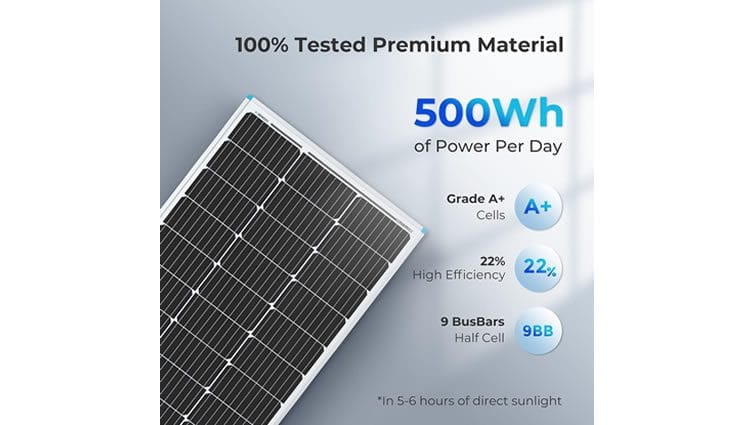
Things to Consider Before Setting Up Your Hybrid System
While hybrid solar-generator solutions are a fantastic option for many, there are a few things to consider before making the switch. First, think about your energy consumption. Do you use a lot of electricity, or are your needs relatively low? This will determine the size of the solar panels and generator you need. A larger generator may be necessary if you’re running multiple devices, while a smaller solar panel system could suffice if your needs are minimal.
Another thing to consider is storage. Solar energy is generated during the day, but you’ll need a battery to store the excess power for nighttime use. This is especially important if you live in an area with little sunlight or want to ensure your system can provide power when you’re not generating any. Investing in a good battery system that can hold enough charge for your needs is crucial for getting the most out of your hybrid solar-generator system.
Lastly, installation and maintenance should be taken into account. Setting up a hybrid system requires careful planning, and while you can DIY some smaller setups, it’s recommended to consult a professional to ensure everything is installed properly. Regular maintenance is also important to keep your system running smoothly, so be prepared for occasional check-ups, especially for the generator.
Hybrid solar-generator systems offer an exciting and practical solution for those seeking reliable, sustainable, and cost-effective energy options. By combining solar panels with a generator, you can enjoy the best of both worlds: the eco-friendly power of the sun with the backup security of a generator. Whether you’re reducing your carbon footprint, saving on energy costs, or ensuring you never run out of power, hybrid systems provide a versatile and dependable energy source for all kinds of lifestyles. So, if you’re ready to make the leap into energy independence, a hybrid solar-generator solution might just be the perfect choice for you.
Switching Seamlessly Between Power Sources: The Future of Energy
We all know how important it is to have reliable power, but what happens when one source of energy isn’t enough? That’s where solar panels paired with a generator or another backup power source come into play. In today’s world, the ability to switch between different power sources seamlessly is more than just a convenience—it’s a game changer for anyone looking to ensure they’re always connected. Whether you’re at home, on the go, or enjoying the great outdoors, knowing how to transition smoothly between energy sources can keep everything running without a hitch. Let’s explore how this works and why it’s such a useful feature.
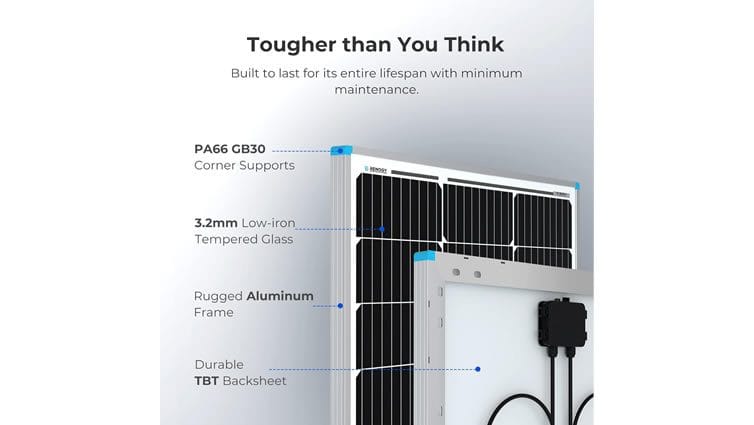
How Switching Between Power Sources Works
At its core, switching between power sources is all about using the right equipment to make sure energy flows without interruption. When you rely on solar panels for your primary power, they collect sunlight and convert it into electricity to keep your devices and appliances running. However, solar energy is only available when the sun is out. So, when night falls or the skies are overcast, you might need an alternative source to fill the gap. This is where the generator comes in. With a hybrid solar-generator system, you can effortlessly switch from solar power to generator power with the help of an automatic transfer switch (ATS).
An ATS automatically detects when the solar panels aren’t producing enough power and kicks in the generator to take over. It’s all done smoothly and without any need for you to manually switch between systems. This seamless transition ensures you always have power when you need it, without any noticeable interruptions. You can go about your day, knowing that your energy needs are covered by the best of both worlds—solar panels when the sun is shining, and generator power when it’s not.
The Benefits of Seamless Power Switching
There’s something incredibly comforting about having a seamless backup system that takes care of itself. One of the primary benefits of switching between power sources is reliability. With the automatic transfer feature, your system knows when to shift to the generator without you lifting a finger. This means you won’t experience any sudden power dips or blackouts, which can be crucial if you depend on electricity for work, health equipment, or simply to maintain a comfortable lifestyle.
Additionally, the ability to switch between power sources is great for reducing energy costs. While solar panels provide free, renewable energy from the sun, a generator is typically fueled by gas or diesel. The hybrid system lets you use solar power as much as possible, and only turn to the generator when necessary. By optimizing your power usage, you can lower your overall fuel consumption and reduce costs. This setup is ideal for people who want to harness the benefits of solar energy while still having the reliability of a generator for backup.
Enhancing Off-Grid Living with Smart Power Switching
Living off the grid or in remote areas can present challenges when it comes to power. Without access to a traditional electricity grid, you’re often relying on solar panels or a generator to meet your energy needs. The beauty of seamlessly switching between these power sources is that it enhances your off-grid experience by ensuring you never run out of power. Whether you’re working from home, enjoying a long weekend camping trip, or living in a tiny home, knowing that your power system can adapt to changing conditions makes life much easier.
When off-grid, having a system that switches smoothly between solar panels and a generator means you don’t have to constantly monitor your energy levels. You can trust that your system will adjust automatically based on sunlight availability, helping you make the most of both energy sources without thinking about it. It’s an especially useful feature for anyone who uses renewable energy for environmental reasons but doesn’t want to sacrifice reliability.
Practical Tips for Efficient Power Switching
To make the most out of seamless switching, there are a few things to keep in mind. First, make sure your solar panels and generator are properly sized to meet your energy needs. If you have a larger home or use energy-intensive devices, you might need a more powerful generator to ensure smooth transitions. On the other hand, smaller homes or cabins might be fine with a smaller setup.
Another practical tip is to install a battery bank to store excess solar energy during the day. This gives you a buffer during the night or cloudy days, allowing you to rely more on solar power before your generator kicks in. When choosing your generator, look for one that works well with your solar setup. Many modern generators are designed to integrate easily with solar panels, making switching even smoother.
Lastly, regular maintenance of both your solar panels and generator is essential for keeping everything in top shape. Clean your solar panels to ensure they’re collecting as much energy as possible, and check the generator periodically to make sure it’s ready to run when needed. A little maintenance goes a long way in ensuring your system operates efficiently, especially when switching between power sources.
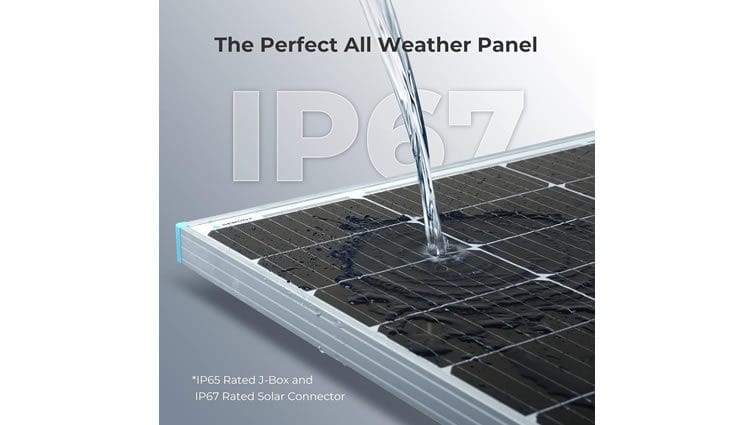
The Future of Power Switching: Smart Systems
As technology advances, the future of power switching is getting even smarter. Today, we’re seeing intelligent systems that can not only switch between solar panels and generators but also optimize energy consumption based on your usage patterns. For example, some smart systems can predict your energy needs by analyzing data such as the weather forecast and your daily energy consumption. This allows the system to preemptively charge your batteries with solar energy and minimize the use of the generator when possible.
In the future, we might see even more advanced features that integrate home automation with power systems, allowing for more personalized control over your energy. Imagine being able to monitor and adjust your energy usage from your phone, ensuring that your home is always powered efficiently and cost-effectively.
Switching seamlessly between power sources—whether it’s solar panels or a generator—has never been easier or more reliable. With the right setup, you can enjoy the best of both worlds: the eco-friendly benefits of solar power and the dependable backup of a generator. Not only does this ensure that you’re never without power, but it also helps you reduce energy costs and make the most of renewable resources. So, whether you’re living off the grid, preparing for emergencies, or just looking for more control over your energy usage, having the ability to switch between power sources is an essential feature that makes life simpler and more sustainable.
Battery Storage to Optimize Use: Maximizing Solar Energy Efficiency
When it comes to harnessing the power of the sun, solar panels are an amazing option. However, just having them installed isn’t always enough to ensure that you’re getting the most out of your system. That’s where battery storage comes into play. By storing excess solar energy for later use, battery storage systems help you optimize the power generated by your solar panels. Whether it’s for use during the night or on cloudy days, having a reliable battery backup ensures you never miss out on free, renewable energy. Let’s explore how battery storage works and why it’s such a game-changer for homeowners and businesses alike.
How Battery Storage Works with Solar Panels
Solar panels generate electricity when sunlight hits them, converting that energy into usable power. However, the sun doesn’t shine all the time. Whether it’s at night or during overcast weather, there are moments when solar panels can’t generate enough energy to meet your needs. This is where battery storage systems come in. These systems store excess energy generated by your solar panels during sunny periods, so you can use it later when sunlight isn’t available.
When your panels are generating more power than you need, the excess is sent to a battery instead of being wasted. The stored energy is then ready to be used at night, on cloudy days, or during peak demand hours. It’s like having your own personal energy bank, where you can draw power as needed. This means your solar panels work smarter, and you’re able to rely more on renewable energy, reducing the need for grid power and cutting down on your electricity costs.
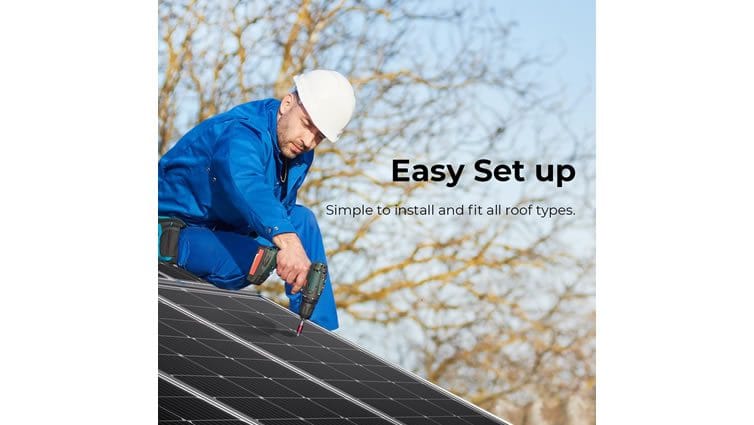
The Benefits of Battery Storage for Solar Energy
One of the most significant benefits of using battery storage with solar panels is the ability to maximize the use of your solar power. Without a battery, you might only be able to use the energy your solar panels generate in real-time, and any excess gets sent back to the grid (or wasted if you don’t have net metering). With a battery, that energy is stored for later use, giving you more control over your electricity consumption.
Battery storage also makes your home more energy-independent. By relying less on the grid, you’re reducing your exposure to fluctuating electricity prices. Plus, if you live in an area prone to power outages or emergencies, a battery storage system provides a reliable backup when the grid goes down. It ensures that you’ll always have power, even when others are in the dark.
Another important benefit of battery storage is its environmental impact. When you store energy generated by solar panels, you’re reducing your reliance on fossil fuels and minimizing your carbon footprint. Instead of drawing power from the grid—often powered by non-renewable sources—you’re using clean, green energy to power your home, helping you do your part in fighting climate change.
Choosing the Right Battery for Your Solar Panels
Not all batteries are created equal, and choosing the right one to pair with your solar panels is crucial for getting the best performance. There are a few key factors to consider when selecting a battery storage system, including capacity, efficiency, and compatibility with your solar setup.
Capacity refers to the amount of energy a battery can store, typically measured in kilowatt-hours (kWh). The higher the capacity, the more energy the battery can store, allowing you to use more of your solar panels’ output. If you have a large home or use a lot of electricity, you might need a larger battery to ensure you have enough stored energy to meet your needs.
Efficiency is another important factor. The efficiency of a battery indicates how much of the energy stored can be used later. Higher efficiency means less energy is lost during the storage process, making your system more effective. Ideally, you want a battery that allows you to store as much of the energy your solar panels generate as possible without significant loss.
Lastly, compatibility is key. Not all batteries work well with all solar panel systems. Make sure you choose a battery that is designed to work with your specific solar setup. Many modern solar battery storage systems are designed to be plug-and-play, making installation easy. However, it’s always a good idea to consult with an expert to ensure compatibility before making a purchase.
Cost Considerations for Solar Battery Storage
While solar panels are generally a great investment for reducing your energy costs, adding a battery storage system can be a significant additional expense. The upfront cost of a battery depends on its size, brand, and features. On average, the cost for a quality solar battery storage system can range from a few thousand to tens of thousands of dollars. This may seem like a hefty price tag, but the long-term benefits can make it worthwhile.
When considering the cost of battery storage, it’s important to factor in the savings you’ll get from reduced energy bills. By storing energy during the day and using it at night, you’ll rely less on grid power, which can save you money in the long run. Plus, many governments and utilities offer incentives, rebates, or tax credits for solar energy systems, which can help offset the initial costs of the battery.
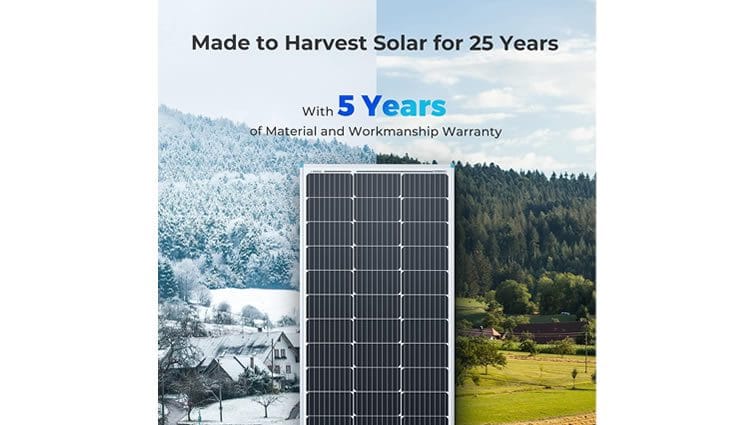
Additionally, consider the peace of mind that comes with having a backup power source. Whether you’re worried about frequent power outages or just want to ensure that you always have electricity, a battery system can make you feel more secure. For many homeowners, the ability to access solar energy 24/7 is priceless.
The Future of Solar Energy
Battery storage is a key component of the future of solar panels and renewable energy. By storing excess energy and optimizing its use, battery storage helps you make the most of your solar power system and become more energy-efficient. Whether you’re looking to save money, reduce your carbon footprint, or simply enjoy more reliable power, investing in battery storage is a smart choice for homeowners and businesses alike.
As the technology improves and prices come down, more and more people will be able to take advantage of these systems. The future of solar energy is looking brighter than ever, and with battery storage, we can ensure that the power of the sun works for us around the clock. So, if you’re ready to make the leap toward more efficient, sustainable living, adding a battery storage system to your solar panels is a great way to start.
Energy-Saving Strategies for Long Trips: Stay Powered Up with Solar Panels
